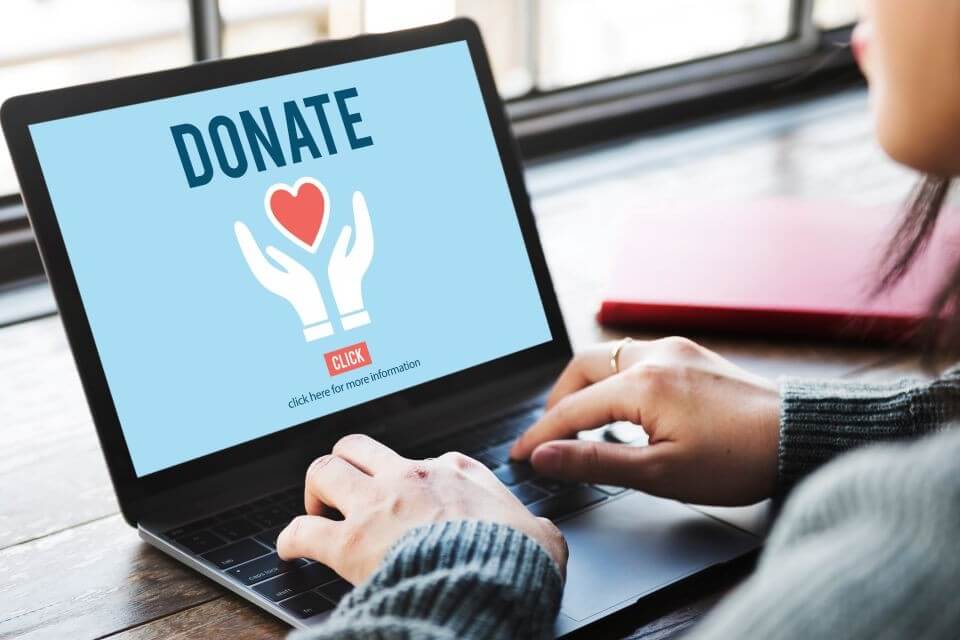When was the last time you shopped online? Chances are it was recently.
According to statistics, the current number of digital buyers stands at 2.14 billion. That means just over 27 percent of the nearly 8 billion people worldwide are familiar with online shopping. One out of four is an online shopper.
If you own a business, you can’t ignore those statistics. But if you haven’t quite figured out online marketing, it can be tough to know what to do next.
Paid Media Makes a Difference
Paid media is the portion of digital marketing that allows you to purchase ad space and promote your business on various online advertising and marketing spaces. It will enable you to pay for content promotion to spread your message on a broader scale. Paid media allows you to increase traffic, sales, and conversions through clicks. All of which will ultimately increase your revenue.
There are three ways to gain exposure for your brand using digital marketing. They include paid, earned, and owned media. While all three are important to any marketing strategy, the paid media side is often most difficult for marketers to achieve.
- Sixty-three percent of companies state their top marketing challenge is generating traffic and leads.
- Ninety-five percent of all paid search ad clicks on mobile devices come through Google.
- Banners, native ads, and social media ads are the top display ad types.
Businesses use paid media to help promote ideas, products, and services to a target audience. They can narrow down demographics and find distinct groups that are looking for what they offer. With paid media, it can take many formats, including pay-per-click, pop-up ads, display ads, social media ads, video ads, and retargeting, just to name a few.
As we dive more into what makes paid media work, let’s start by discovering how all three types of media work for your business.
Comparing Paid, Owned, and Earned Media
When businesses decide to reach out to potential customers online, they do so in one of three ways.
Paid media consists of paid promotions on other sites that also reach out to a similar target audience. You refine your message to influence an audience to take action. You can do so on social media, websites, blogs, and other publications.
Owned media is placing ads on media channels already owned and operated by the business. This includes your own personal websites, blogs, emails, and other owned resources.
Earned media is also known as free media. This is where you earn credibility and recognition through organic publicity. If other sites mention you or refer to you, it can be a valuable link to bring people in. This can include press, social, content by influencers, organic search rankings, and more.
All three are important. Over time, your digital marketing strategy should have ways of achieving results in all three areas. But for now, let’s dive deeper into paid media.
Dig Deeper
What Does A Cookieless Future Mean To Digital Marketing
How Smart Devices Have Impacted Online Marketing
How to Pay for Paid Media
Paid media can take on a variety of formats, with different payment methods based on function. It’s important to understand the type of paid media you’re using and how you’ll pay for it, before developing your campaign.
Paid media is purchased using one of two methods:
- Cost-per-click: Often referred to as CPC, this model allows you to pay a fee for each click received, regardless of how many impressions are achieved. This is a performance-based metric that allows you to control how much you’re willing to spend per click.
- Cost-per-mille: CPM refers to a way of paying for impressions. It’s an amount you’re willing to spend per thousand ad views. You’ll find this with banners, display ads, native advertising, and more.
Cost-per-click is all about clicks. You’re looking for leads and are willing to bid based on performance, driving traffic to a specific page generated for action.
Cost-per-mille is about impressions. It’s more about brand awareness and is looking at growing visibility for your brand and what you have to offer.
Benefits of Paid Media
While it may seem like the best places to push your own content would be through your owned and earned media, it takes paid media to vamp up your traffic. It helps you grow exponentially depending on how fast you want to achieve results.
By using paid media, you can expect:
- Higher engagement rates: Because you can target audiences with specific demographics, you can expect your paid media campaigns to have more action over time.
- Gain more exposure: Paid media allows you to reach audiences that wouldn’t have found you via other online marketing methods. It expands your reach exponentially.
- Increase customer retention: If you want to stay fresh and on the minds of your customers, there’s no better way than ensuring you’re where your prospects and customers visit each day.
- Establish credibility: Paid advertising allows you to boost your name recognition and foster relationships by giving your demographic exactly what they’re looking for.
- Generate more traffic: When you are willing to pay to reach out to new audiences, you’ll easily find more people willing to engage and learn more about what you do.
- Reduce marketing costs: When you work the three methods together, it allows you to test strategies through paid media, then get more direct with what you’re creating through owned media. Ultimately, it will impact the way you rank with your earned media.
Is Paid Media Right for Your Business?
Are you starting to see how much paid media could bring to your business?
It all starts with a clear objective. Once you know who your target audience is, and the results you’re hoping to achieve, you can build an effective paid media strategy that will start achieving results.
Spend some time visualizing what your target audience wants. What do they do? Where do they go? How can you reach out to them? What channels do they frequent?
As you dig deeper, you’ll discover the best way to reach out to them and offer them something of value they’ll love.
Need help creating the perfect strategy? We’re here to help.




